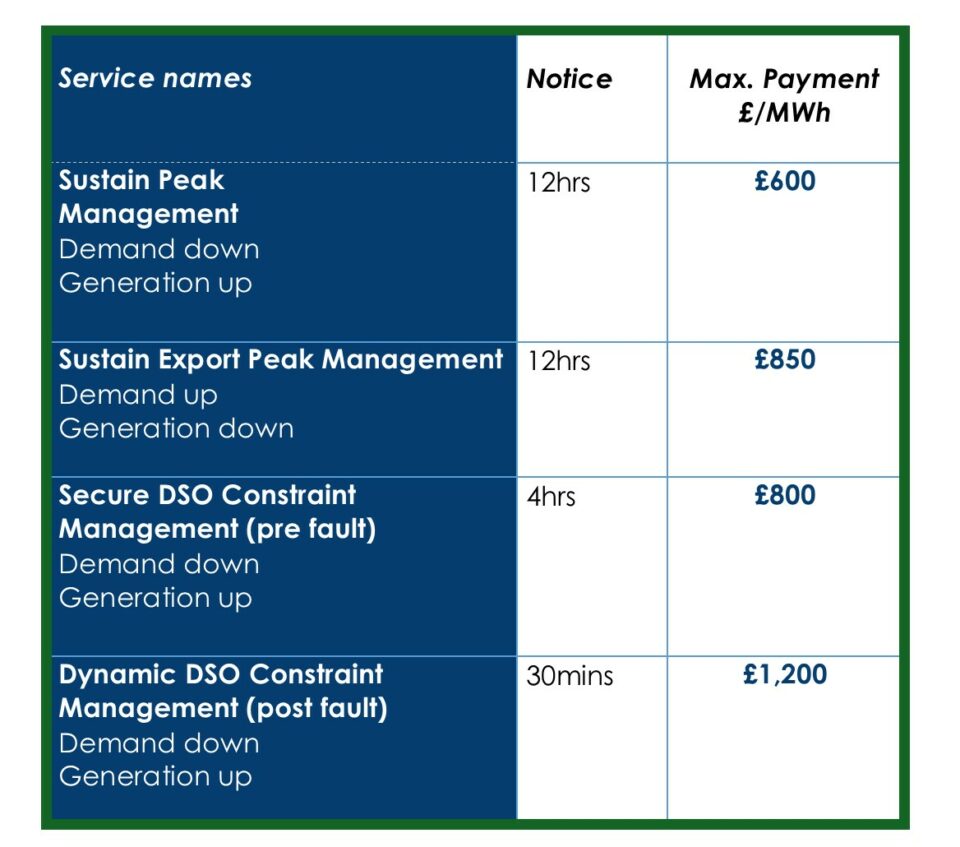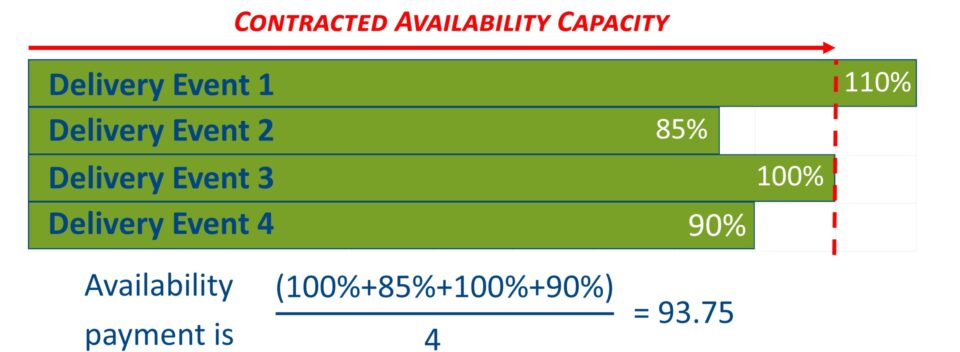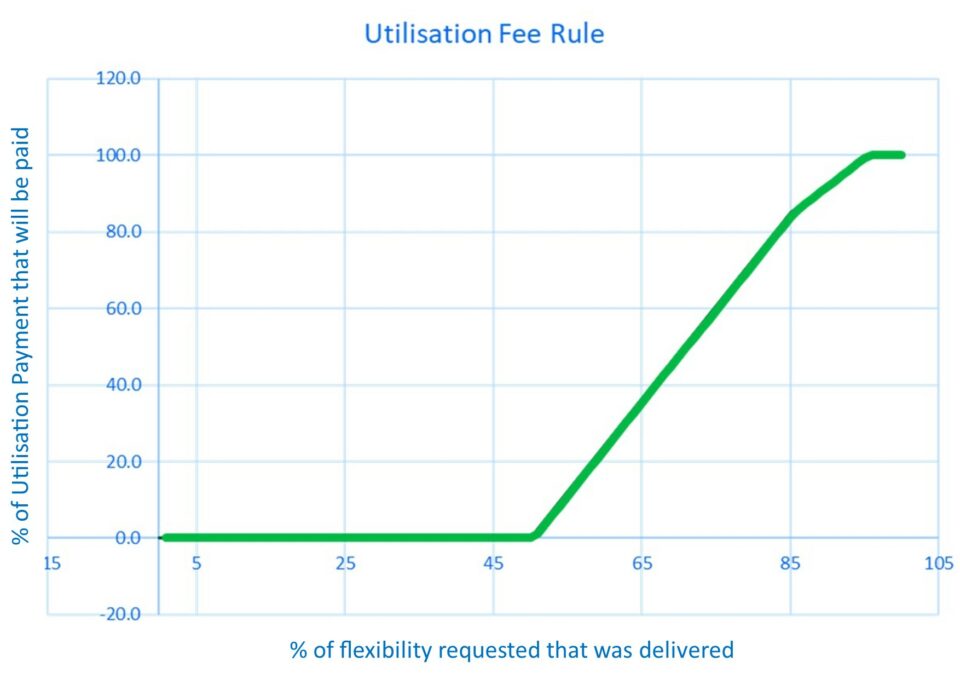Payments
Note: As part of the recruitment process for trail participants; TRANSITION developed extensive resources, explaining key concepts of flexibility markets to a wide ranging audience. Our plain English explanations are a great resource for those interested in replicating our trials.
Below are the maximum payment (price ceilings) we can pay for each of the services we are testing.
These were last reviewed and were significantly increased in April 2022 and will be further reviewed through the project in light of market changes.

You can read more about the Flexibility Services we are testing and when here.
Payments will be made for people participating in these trials separated into two distinct elements;
- Availability Payments: Payments made to you for being Available to deliver the contracted Flexibility Service during a specified time period (described as the ‘Service Window’). You may or may not be asked to deliver your flexibility during a Service Window.
- Utilisation Payments: Payments made to you for the energy which has been delivered for a Flexibility Service in a Service Window
The one exception to this is the ‘Dynamic – DSO Constraint Management (post-fault)’ service which will be paid only for Utilisation.
You choose when you make your offer to deliver the flexibility service, how you apportion these two elements (availability and utilisation) in your bid. You can use our Contract Value Calculator to help you split this and it ensures you also don’t exceed the above price ceiling for the flexibility service when you make your bid.
Total Contract Value Calculator With Guidance – July 22
Your payments for your Availability and Utilisation(s) in any month will be made in the following month (for example, you would be paid in February for your Availability and Utilisation in January).
All payments will be made using the Bankers’ Automated Clearing System (BACS).
Availability Payment Calculations
If you are instructed to deliver a service during the period you have agreed that your asset is Available, but are unable to fulfil that delivery request in full, then this will reduce your Availability Payment. This is because it demonstrates clearly that your asset was not fully Available to deliver the service when you said it would be.
We will base the calculation for how much of your Availability Payment you will receive for each month (£kW/h), on your average responses to requests to deliver over that month. An example of how this calculation is made is below – in this example there were 4 ‘events’ where delivery was requested in the month.
Note that for the calculation below the % is capped at 100% even in the case of any over-delivery – this is shown in Delivery Event 1.

In the example above you would receive 93.75% of the contracted Availability Payment for that month paid as £kW/h.
You can find out more about the calculation of the Availability Payments in the TRANSITION Flexibility Services Agreement.
Utilisation Payment Calculation
The ‘Utilisation Fee Rule’ shown below incentivises performance and delivery against the contracted requirements. The Rule provides a payment on a sliding scale for the delivery of anything between 50-100% of the instructed amount on the scale given below.
- No Utilisation payment is given for delivery of less then 50% of the requested energy.
- 100% of the payment will be given for delivery above 95% of the requested energy.

Your Utilisation Fee is calculated as:
- The Energy Delivered during the Flexibility Service (capped at the total instructed Energy) (kW)
- Multiplied by the agreed Utilisation Fee (£)
- Paid per kWh
You can find out more about the calculation of Utilisation payments in the TRANSITION Flexibility Services Agreement.


